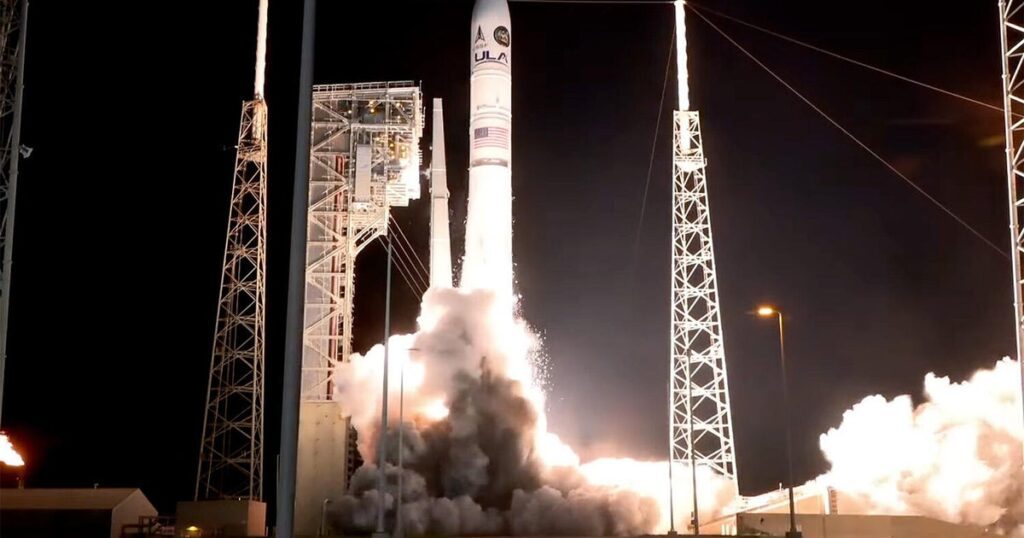On Tuesday, United Launch Alliance (ULA) conducted the inaugural launch of its Vulcan rocket, marking its first flight approved by the U.S. Space Force. The mission successfully deployed two military satellites into geostationary orbit using the rocket’s two methane-fueled BE-4 engines and four solid-fuel boosters.
The launch, which took place at 8:56 PM EDT from Cape Canaveral Space Force Station, featured one experimental satellite, NTS-3, designed to enhance GPS technology with advanced navigation features. This satellite operates at a higher orbit than standard GPS satellites, facilitating improved signal reception across wider areas.
ULA’s Vulcan rocket aims to replace its older Atlas 5 and retired Delta rockets, responding to criticism regarding reliance on Russian engines. The Vulcan is designed for heavy military payloads and complex orbital missions, with plans for an increased launch cadence in the upcoming years—a target of 9 flights in 2025 and 20-25 in 2026.
Overall, the successful launch not only serves a military purpose but also positions ULA competitively in the growing space launch market, currently dominated by SpaceX.
Source link


